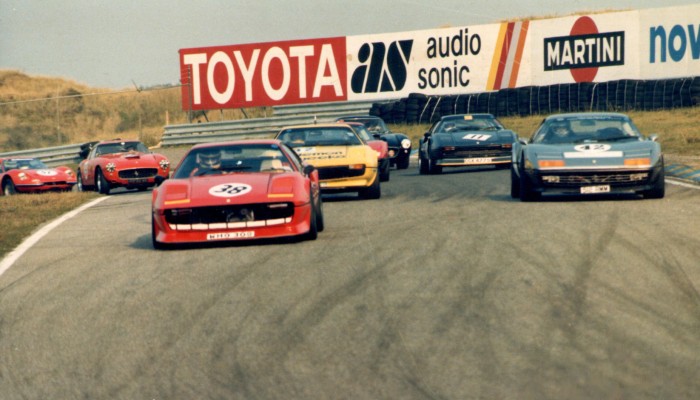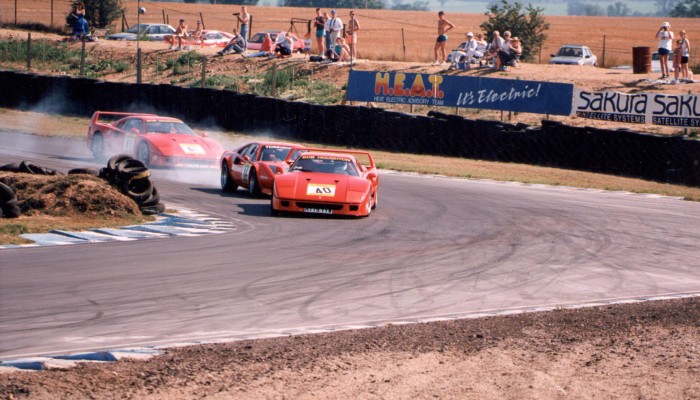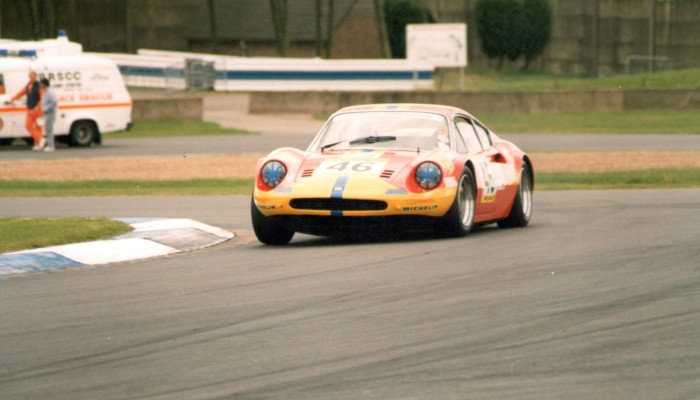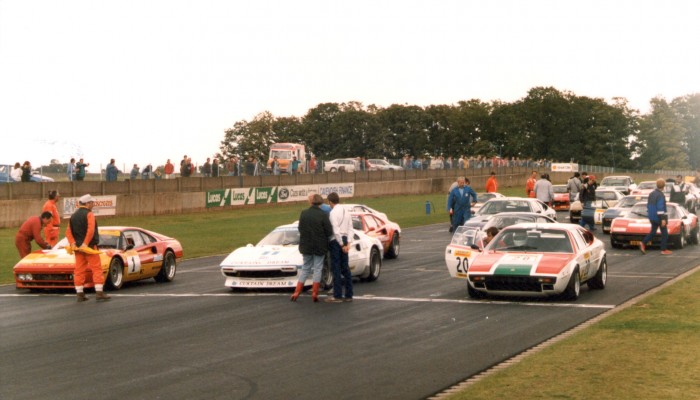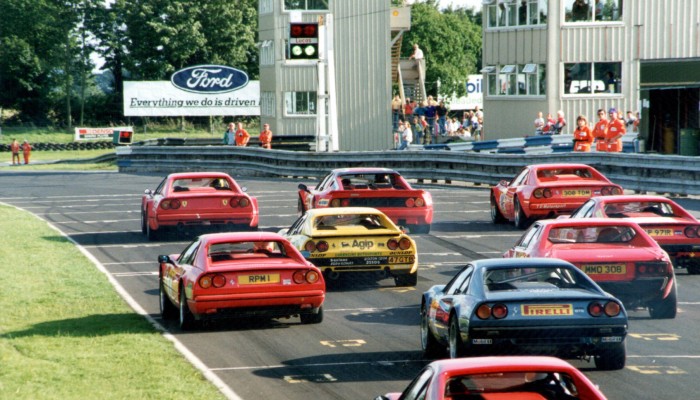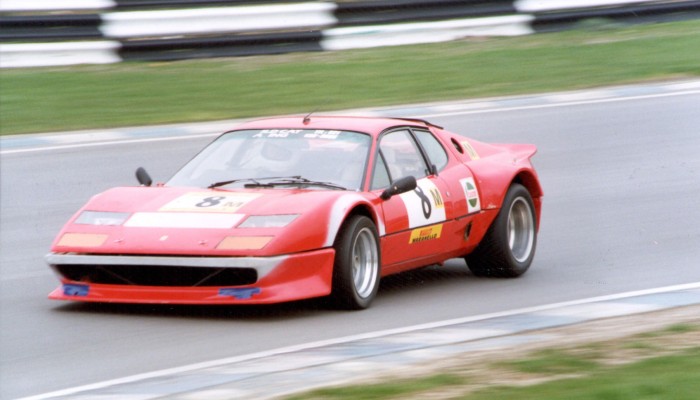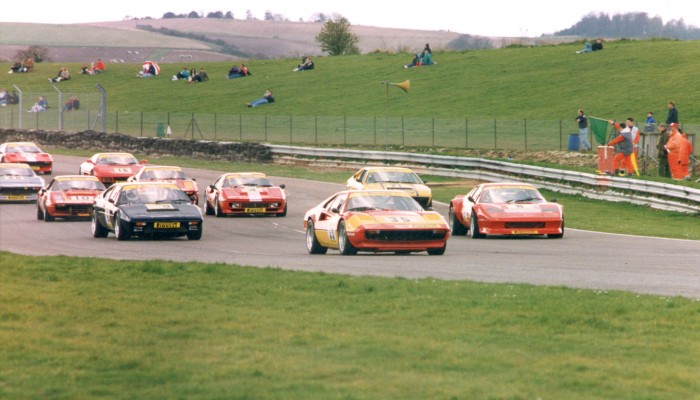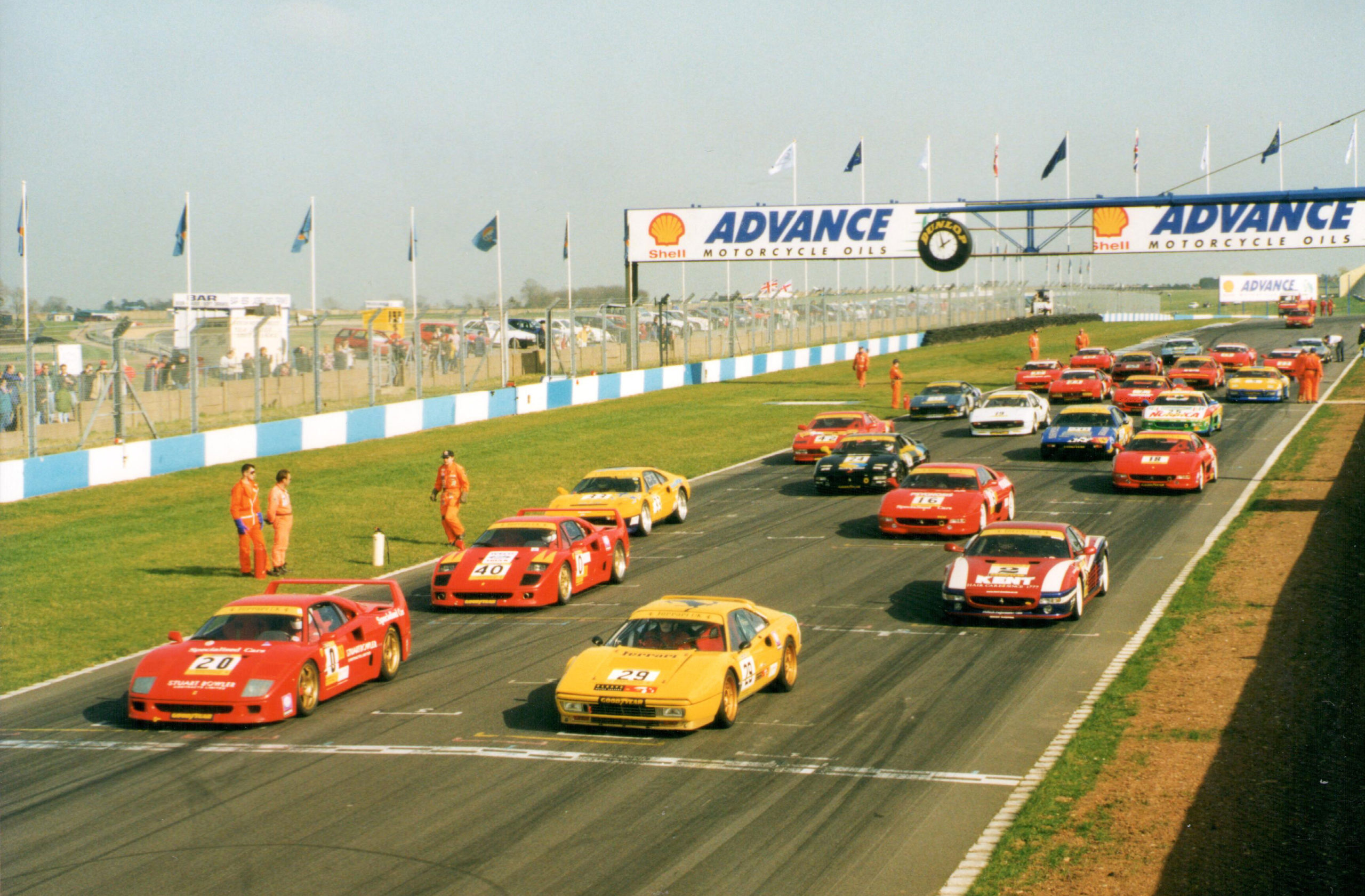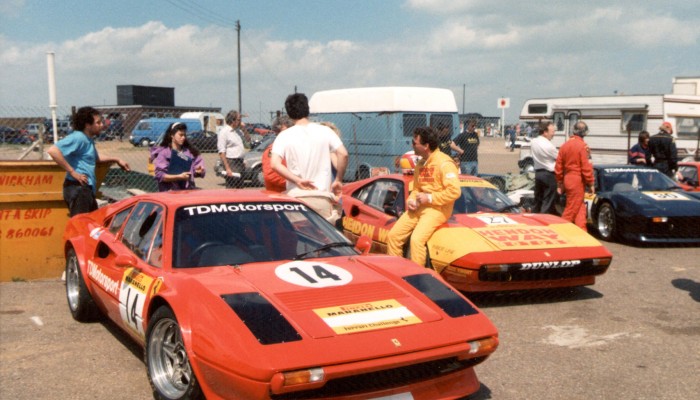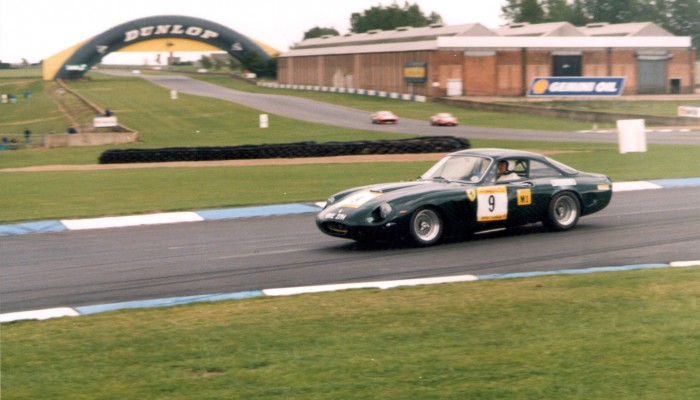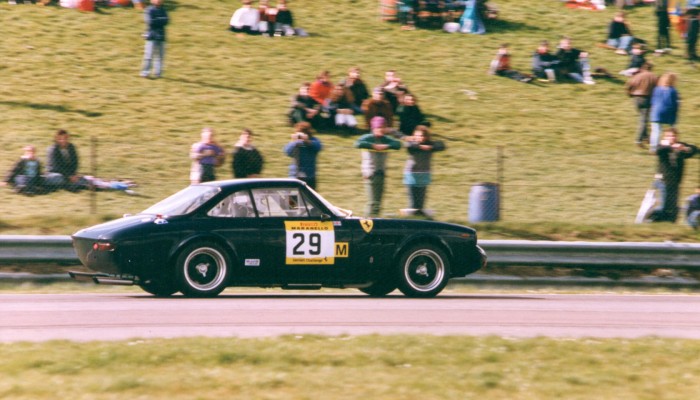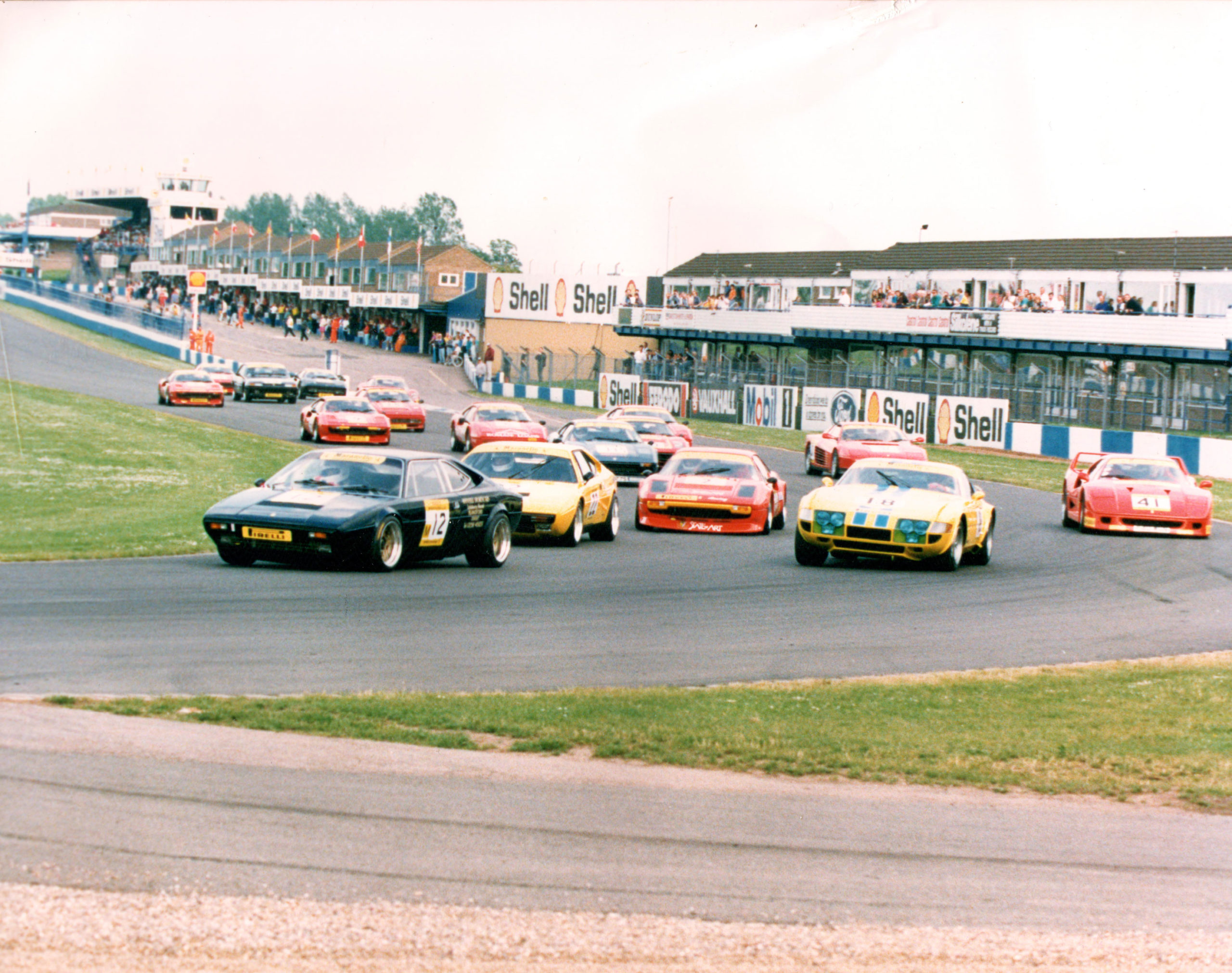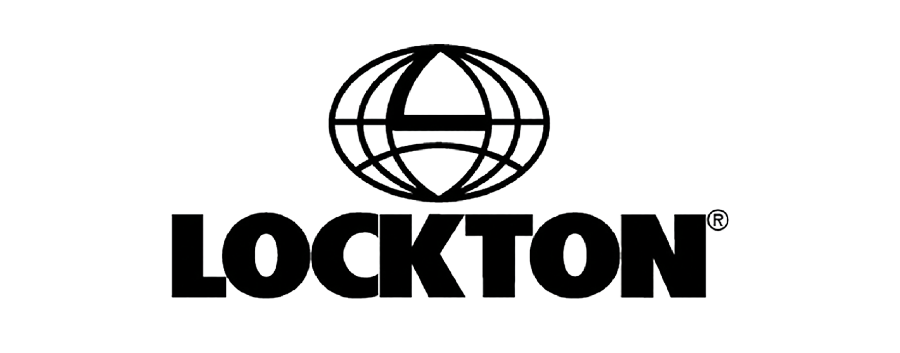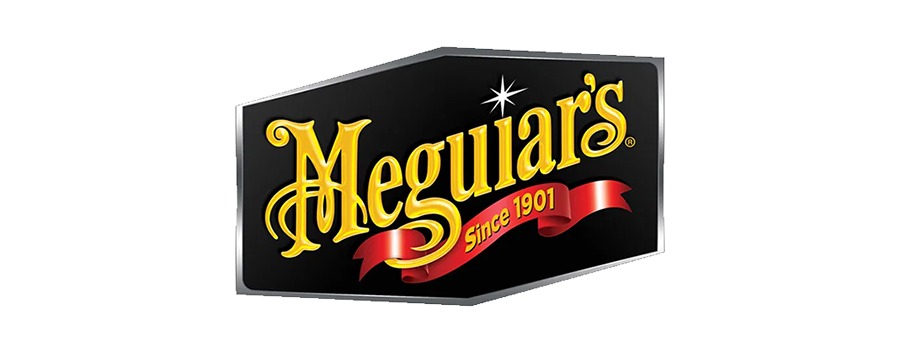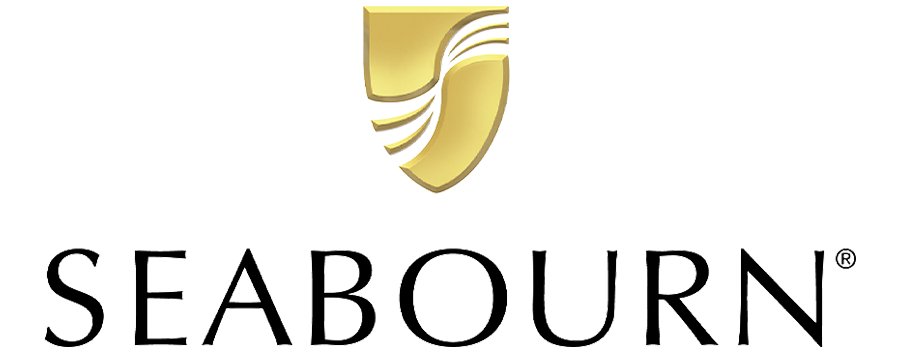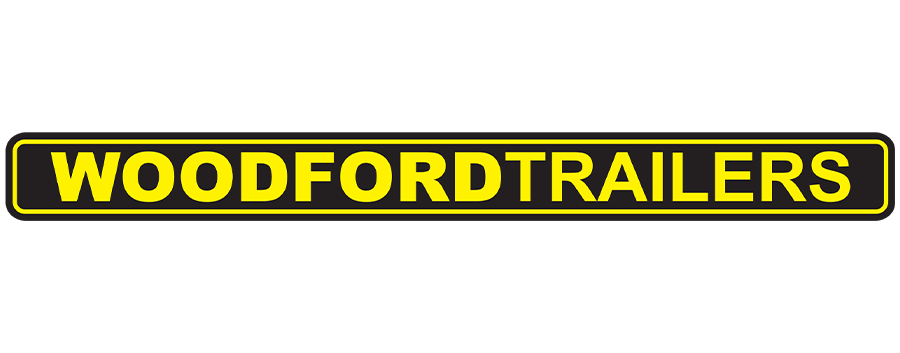The Background To It All
How Did We Get Here?
The Early Years:
The UK’s first ever all-Ferrari race was staged by the Club in May 1982 at Donington Park. This was titled the Atlantic Computers Ferrari Challenge Race. The 4-car big engined class was won by Nick Mason in a 512S from sponsor John Foulston in a 512BB and Martin Hilton in a 4-litre GTO. The other class of 20 cars – mostly Dinos and 308s plus some 250s, was won by John Swift in the same 308 he races today. He even received prize money of £30 for the effort.
In 1983 we repeated the previous year’s race at Donington Park, and in the same year we fielded teams of cars in several 4-hr relay races, under the exotic names of Scuderia Tartaruga Volante and Squadra Tutta Forza. We also raced on the continent, having strong representation at Italia a Zandvoort meetings in Holland, as well as Mas du Clos in France and Spa in Belgium.
By 1985 our grid sizes had increased to viable levels – there were 21 Ferraris at Donington in July 1985 while later that year we had a Ferrari Trophy race at Castle Combe – and it was clear that there was sufficient support to organise our own series.
Maranello Ferrari Challenge:
Col Ronnie Hoare, the founder of Maranello Concessionaires, was enthusiastic about the Club’s racing activities from the word ‘go’. He requested that the Club arrange a racing championship for all Ferrari cars. He supported us by arranging and footing the bill for hospitality, and even sent his fellow directors – Shaun Bealey and Ivan Bishop – to all the rounds.
The very first official Maranello Ferrari Challenge race was at Mallory Park in May 1986 when, in a 21 car field, Tony Worswick (308GTB) was our first winner. Tony went on to win the first year’s Championship.
Over the years the name of our principal sponsor has been included in the title. So we have had Michelin, Goodyear, but by far the most loyal has been Pirelli who support our race series today.
In 1987 John Swift created a new stand alone publication called Comp News which reported on all Club racing and hill climbing activities. Prior to this “Competition News Spot” had been an insert in “News Spot” the main club magazine. The races now had an “O” class for cars to original specification. The championship included no fewer than five 246 Dinos plus 400 GT, 250 GT Lusso, 330 GTC, Daytona, Testa Rossa and a 512 Boxer, in addition to various 308s. 39 drivers scored points in the year. The champion was Robbie Stirling, as indeed he was the following year.
In 1989 Pirelli became our series sponsors. We saw the race debut of the 328 GTB in the hands of Robin Mortimer. 30 drivers took part in the year, and the overall “M” class champion was Ross Hyett in his modified 308 GTB. The “O” class was won by David Scheldt – also in a 308 GTB.
1990 saw the first appearance of both the F40 (Ross Hyett) and the 348 tb (Peter Collard). Champions were Robbie Stirling in his 308 GTB (M) and Peter Collard (O) in Hew Dundas’s 348 tb. 34 drivers took part in the year.
1991 saw the first appearance of rock star Chris Rea in his 308 GT4. The “O” class champion was Robin Mortimer – 328 GTB “Rosie” and the “M” class went to John Wilson – 308 GTB. 33 drivers appeared in the season.
1992 saw our first and only lady race winner. This was Sue Newton at Zandvoort. Robin Mortimer took the “M” class title in his modified 308 GTB and Martin Shaw took “O” class in his 328 GTB. The success of PMFC was such that the factory sat up and took notice. Ferrari SpA decided to organise a race series and this was based on our own Maranello Challenge. Luca Matteoni was put in charge of the project and contacted us to find out how best to run a race series. We were asked for and provided copies of our regulations on which were based the factory’s own 348 Challenge rules.
In 1995 the factory launched the European 355 Challenge and our class structure was altered to accommodate the new cars. This boosted the overall entry to some 41 cars in the year.
The late 1990’s were somewhat of a golden period for Club racing. We saw some great battles between multiple F40 entries, particularly those of John Pogson, Stuart Bowler and Peter Cook. An appearance at the Coys International meeting at Silverstone in 1997 encouraged a 40 car Ferrari grid. The race was won by Alain Li in his 355 Challenge car. A record 48 drivers appeared during the year.
In 1998 we saw the race debut of the F50 in the hands of Ian Hetherington. It was again a strong F40 year with Stuart Bowler and Peter Cook enjoying some good battles. Unfortunately a big off at Castle Combe, at the very last corner of an intense race, saw Cook’s F40 damaged and on fire. It was spectacular enough to make the daily newspapers. The driver was thankfully unhurt. Our O class champion was Graham Reeder with the M class going to Stuart Bowler’s F40.
In 1999 we saw no fewer than fourteen 355 Challenge cars racing in the year. There were 44 drivers in all. Champions were Fred Moss class “O” – 355 GTB, Marco Attard class “C” – 355 Challenge, and Ian Hetherington class “M” – F50.
The European 360 Challenge was launched by the factory in 2000. We saw the first 360s racing the following year but it was Gary Culver who took his second championship, this time class “C” in his 355 Challenge. Richard Smeeton took class “O” in his 360 and Ian Hetherington again took class “S” in his F50.
In 2002 Class “O” was split into two, creating Moderno and Classico. 39 drivers came out in the year. Champions were John Taylor (“O” Moderno) in his 360, Mike Furness (“O” Classico) in his 328 GTB while Robin Ward took class “C” in his 355 Challenge and Gary Culver took Class “S” in his 360 Challenge.
Pirelli Ferrari formula classic & Open:
In 2003 with reduced support of the PMFC’s ‘O’ class, for ordinary road cars, the Club decided to organise an additional series that was more suited to ordinary Club members who didn’t need huge budgets. So in addition to the main championship, two additional pilot races were run for the new Ferrari formula classic. These races had a cut-off date with the 328 and Mondial T tipos. The first race was at Donington and was won by Graham Bryant’s Grp 4 Daytona closely chased by various 328s. This was fun.
Encouraged by good entries in the pilot races the Club expanded Ferrari formula classic to 5 events in 2004. This was not a championship, just a series of races. The most successful classic driver this year was Nicky Paul-Barron in his 328 GTB. PMFC – the Pirelli Maranello Ferrari Challenge – now just had two classes “C” and “S”. Ted Reddick took class “C” in his 355 Challenge with Peter Sowerby taking class “S” in his 360 Challenge.
The original PMFC had enjoyed great success for 20 years, until the end of the 2005 season when we decided that perhaps the Championship had outgrown its Club status. We found that the transporters in the paddock wouldn’t have disgraced a F1 scene only 10 years before, and the cost of competing, with small armies of mechanics, cooks, team managers, even spare cars etc. had really gone beyond the original concept. However with the demise of the PMFC we followed with the Open series in 2006 which lasted until 2014.
In all the Pirelli Ferrari Open series lasted for 100 races and saw a total of 100 drivers competing. Late last year though (2014) after a wonderful finale at the Ferrari Racing Days meeting at Silverstone, it was decided to “rest” the series as support was not sufficient for the Club to continue with it. Hopefully it will be back some day.
The Pirelli Ferrari formula classic series, now itself over fourteen years old, however continues to provide affordable racing for Club members on a sensible budget. In 2016 we expanded the series to include cars produced prior to 1997, i.e. pre the 360 Modena. This brought in many 355 Challenge cars as well as a 550, but of course also includes 348 models etc.
Over the years we have seen many of our Club drivers graduate to other championships. This roll of honour extends to Le Mans, Historic Grp C, F1, F3 and Formula Junior, plus we have several British GT champions who started racing with the Club. It’s a long and distinguished list.
Throughout the Club’s involvement with competition, we have made it a priority to look after the newcomer and those who, perhaps, haven’t been able to afford the quickest or most suitable Ferrari. We take special pride in encouraging those who were possibly unsure at first to become skilled and successful drivers. And we have developed an ethos which simply doesn’t accept dangerous or unsporting behaviour. It’s a friendly atmosphere which can involve all members of the family, which is why so many life-long friendships have been made as a result of competing. Some say it is the very beating heart of our Club.


